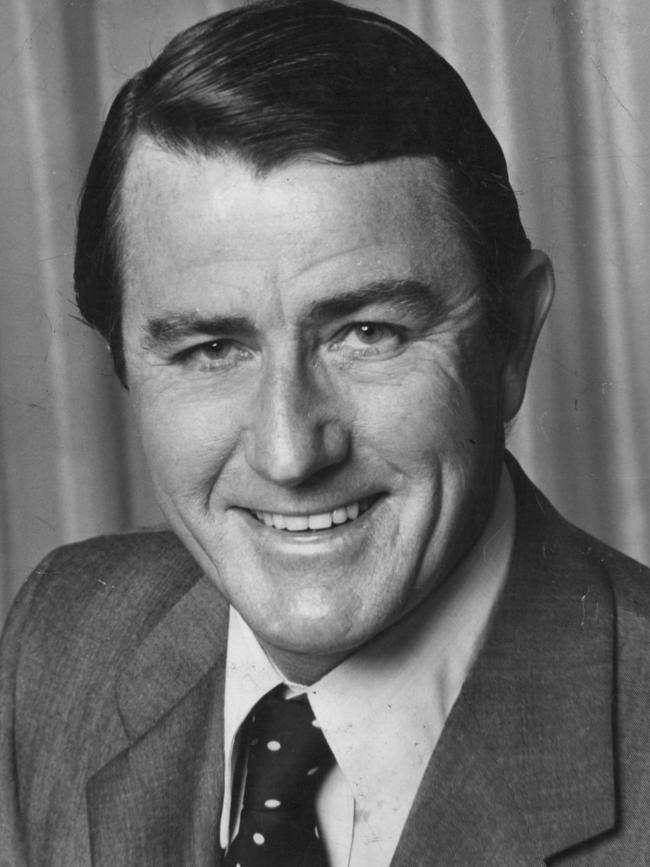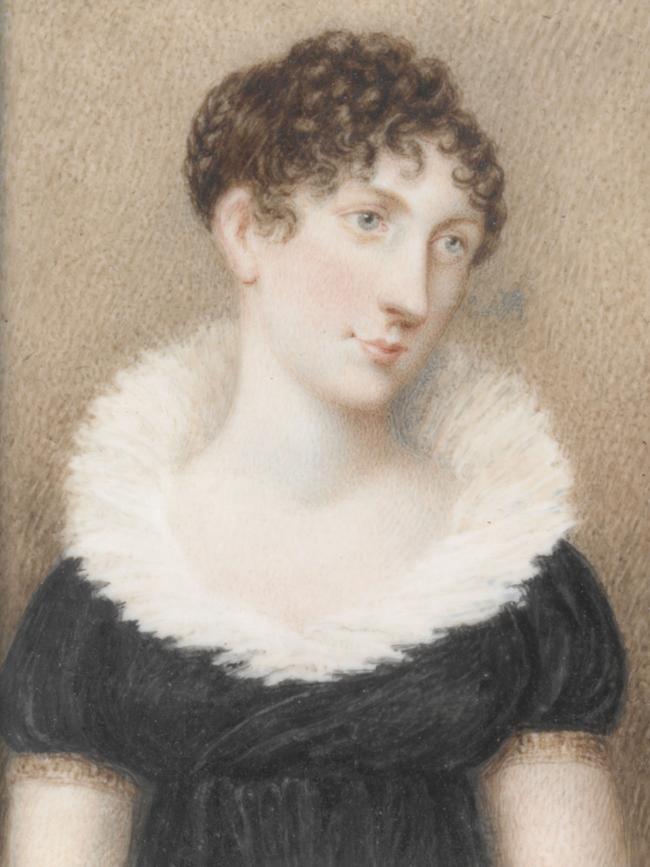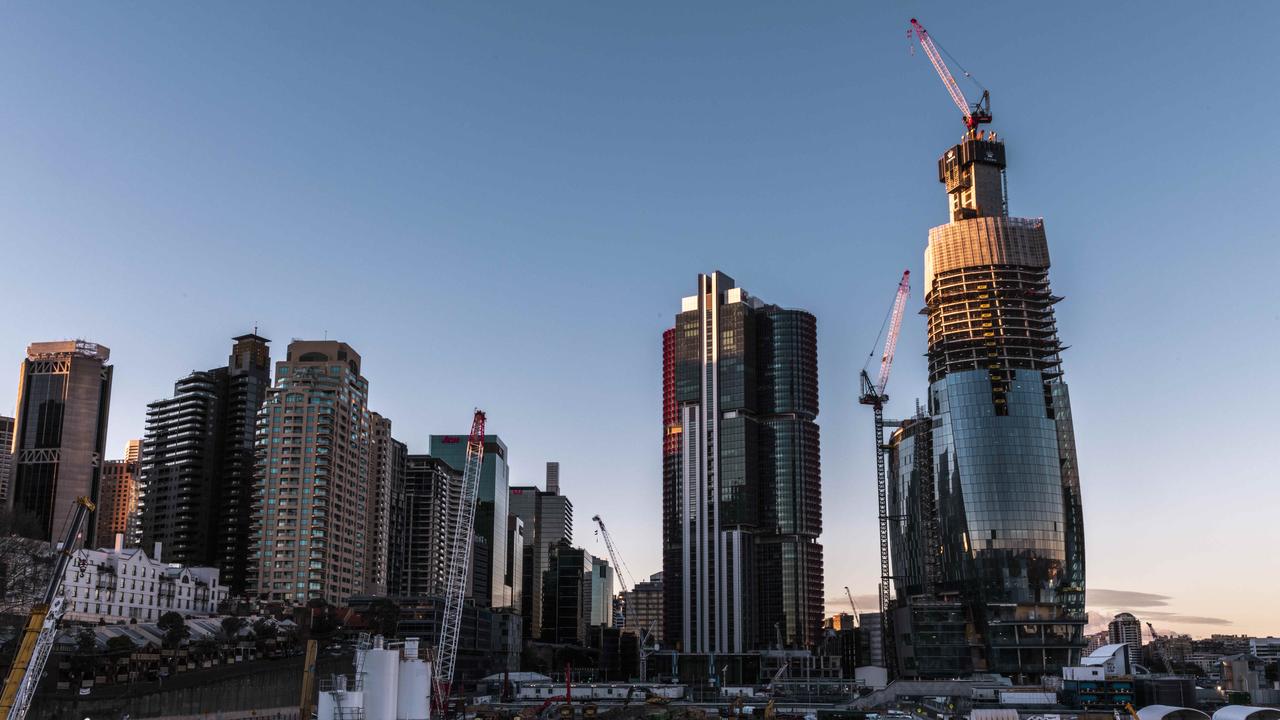Bradfield Oration adds three visionaries to Sydney’s exclusive Honour Roll
Former NSW premier Neville Wran, one of Sydney’s great colonial figures Elizabeth Macquarie and passionate Sydney Harbour clean-up campaigner Ian Kiernan have joined an exclusive list of Sydney’s visionaries on the Bradfield Honour Roll.
Former NSW premier Neville Wran, one of Sydney’s great colonial figures Elizabeth Macquarie and passionate Sydney Harbour clean-up campaigner Ian Kiernan last night joined an exclusive list of this city’s visionaries on the Bradfield Honour Roll.
During his 10 years as Labor premier, from May 1976 to July 1986, ‘Nifty Nev’ Wran oversaw a program of reform and change.


Public transport, the environment, consumer protection and job creation were priorities and he undertook the state’s largest capital works program, at the time. His vision also helped create the Powerhouse Museum and the Darling Harbour precinct.
Almost 200 years earlier Elizabeth Macquarie, the Scottish-born wife of Lachlan Macquarie who served as Governor of NSW from 1810 to 1821, was making her mark on a very young Sydney Town.
She was an active supporter of her husband’s plan to transform the penal settlement at Sydney into a thriving settler colony and many famous Sydney landmarks bear her name — in particular Mrs Macquarie’s Chair and Elizabeth Street.
MORE PROJECT SYDNEY
Labor Leader Michael Daley’s policy to tackle overdevelopment
Connecting Sydney with a network of Greenways
Massive plunge in numbers wanting teaching degrees


Macquarie had brought books on architecture from England which were useful to Australia’s first government architect Francis Greenway.
She also planned the road running round the inside of the Domain to the point which was named after her.
Ian Kiernan, who was farewelled by former prime ministers at his state funeral last Friday, was the kind of passionate resident who came to inherit Macquarie’s vision of the city.

The level of pollution in the world’s oceans which he witnessed in an around-the-world sailing trip prompted him to start a clean-up campaign of Sydney Harbour in 1989.
The campaign’s success led to its expansion into Clean-Up Australia.
Now 30 million people a year participate in their own local cleaning campaigns as part of Clean-Up the World.


